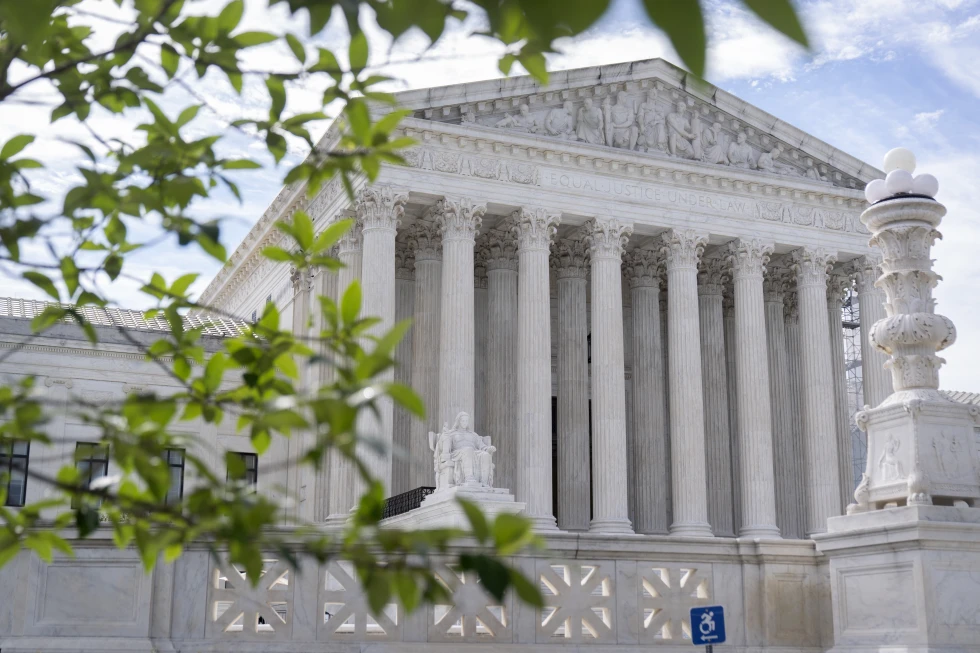The U.S. Supreme Court on Tuesday vacated a lower court decision that had permitted 18-year-olds to openly carry firearms during emergencies in Pennsylvania. The high court’s brief order, issued without noted dissents, effectively reinstates a ban on individuals aged 18 to 20 carrying guns in public during declared states of emergency.

This case emerges amidst significant changes in the firearm legal landscape following the Supreme Court’s influential 2022 decision that expanded gun rights. That ruling stipulated that any firearm restrictions must have a strong historical basis.
In the wake of the 2022 decision, numerous gun laws have been struck down across the country, including age restrictions in states such as Minnesota, Virginia, and Texas. The Pennsylvania challengers argued that since younger individuals were not barred from carrying guns at the time of the nation’s founding, they should not be restricted today.
However, the Supreme Court’s decision to vacate the lower court ruling comes in light of its more recent opinion upholding a law designed to protect victims of domestic violence. The high court has instructed the 3rd U.S. Circuit Court of Appeals to reconsider the Pennsylvania case, taking into account this latest domestic violence ruling.
Pennsylvania officials have maintained that there is a long-standing tradition, dating back to the 1850s, of limiting gun ownership to individuals 21 and older.
This development underscores the ongoing debate surrounding Second Amendment rights and age-based restrictions on firearm possession. It also highlights the complex interplay between historical precedent and contemporary public safety concerns in interpreting gun laws.
The Supreme Court’s action does not definitively resolve the issue but rather sends it back to the lower court for further consideration. This move suggests that the high court is seeking a more nuanced approach to gun rights cases, particularly those involving age restrictions and emergency situations.
As the case returns to the 3rd Circuit, legal experts and gun rights advocates will be closely watching to see how the court balances historical precedent with modern safety concerns in light of the Supreme Court’s evolving jurisprudence on Second Amendment rights.
The outcome of this case could have significant implications for similar age-based gun restrictions across the United States, potentially shaping the legal landscape for young adults’ firearm rights during states of emergency and beyond.



